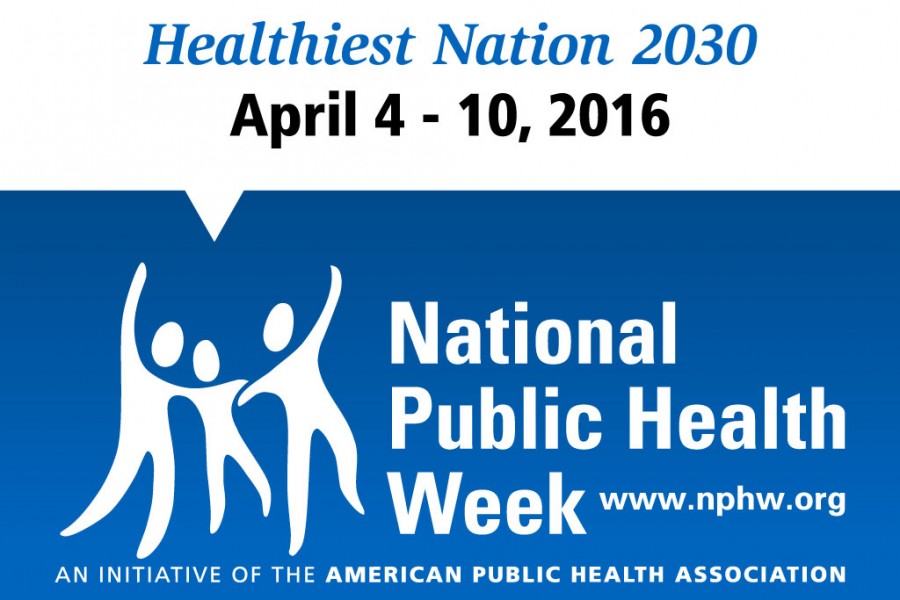Mental illness in movies
April 8, 2016
Every year, the American Public Health Association uses the first week of April to unite communities across America to promote and highlight health issues. This week, National Public Heath Week, highlights safe and healthy ways communities are creating “the healthiness nation.” A way to do this is to promote educated discussions of mental health. The glorification and romanticization of mental illness has been prominent in entertainment for years. Although one movie cannot portray every aspect of having a mental illness, many movies have common themes, such as accepting oneself and connecting with others.
When it comes to mental illnesses, it can be difficult for someone to identify it in themselves. For Susanna (Winona Ryder) in Girl, Interrupted, this is the case. Ryder’s character in the 1999 film is sent to Claymoore, a mental institution, after what doctors call a suicide attempt. At first, Susanna is reluctant to stay or participate in anything at Claymoore, since she feels like she does not belong in a mental institution. Since the film is set in the ‘60s, the quality of the help the patients receive is primitive. During her stay, she meets other residents who, to her, have real reasons for being there. Georgina (Clea DuVall), Susanna’s roommate, is diagnosed with schizophrenia. Lisa (Angelina Jolie) is a sociopath who frequently escapes the ward, just to be returned a few days later. Other residents have issues ranging from bulimia to anger. As Susanna begins to hang out with Lisa more, she adopts some of Lisa’s attitudes towards the people at Claymoore. Susanna starts to defy the nurses, whom she used to get along with, and the head psychiatrist. As the movie progresses, Susanna begins to see Lisa’s flawed mindset and realizes that she does need the help her family sent her there for.
When dealing with mental illness, the sufferers can hurt those around them without realizing the consequences of their actions. In Erik Sjoldbjærg’s 2001 film Prozac Nation, Elizabeth (Christina Ricci) struggles with losing her grip on reality after being accepted to Harvard on a journalism scholarship. At college, Elizabeth attempts to balance the new life she is thrown into. She attends parties where she is introduced to alcohol and drugs. While at Harvard , she wins a prestigious award for an article she wrote. This award is her high point in college. After this, she falls into a rut and is unable to write her next article. Despite the help her roommate and friend extend to her, Lizzie falls into a state of insomnia where she stays up writing for four days. A friend tears the papers from her hands and notices that she has not been writing at all, only drawing squiggles on the paper. Her friends take her to the hospital where she begins therapy sessions. Lizzie returns home for her birthday, where she gets drunk and confesses that she has not been able to write anything for months.This outburst of behavior causes her mother to realize the Lizzie does need help.
Not every movie that focuses on main characters with depression is a cautionary tale of what it is like living with a mental illness or the dangers those sufferers are to themselves and those around them. The 2010 movie It’s Kind of a Funny Story directed by Anna Boden and Ryan Fleck focuses on 16-year-old Craig Gilner’s (Keir Gilchrist) stay in an adult psychiatric ward after attempting suicide. During his stay, he meets interesting characters like Bobby (Zach Galifianakis) and Noelle (Emma Roberts). In this ward, he focuses on helping those around him. In one scene, he gives Bobby one of his dad’s shirts for an interview to be admitted to a halfway house, where people recovering from mental illness or addiction can learn social skills. By the end of his stay, and the end of the movie, Craig has a hopeful aspiration to enjoy his life.
Although in each movie, the main character is left in a better place of mind than where they were in their opening scenes, reality isn’t like the movies. While Susanna leaves Claymoore and the other residents behind with a sense of belonging, nothing is to say that she would not struggle with the issues that once brought her there later in life. Once Lizzie is prescribed Prozac and regains a stable life with a supporting family, the screen fades to black. The audience is left assuming she is better off, but since the movie ends, there is no evidence to say that she doesn’t fall back into a depression. When Craig leaves the adult ward with a brighter outlook on life, it seems as if all his problems are solved. It seems like this was just a visit and he won’t struggle with his mental illness later in life. While each movie does a fairly good job on developing characters and their relationship with their illness, ending on “the lighter side” of mental illness skews the audience’s view of real people with mental illness. Not every mental illness can be solved with a few pills or a start of a new relationship. The brain is a complex organ, and a treatment to an illness affecting it may not be as simple as it is portrayed in the movies. Every person is different, and so their mental illness is just as unique to them as their fingerprint.







